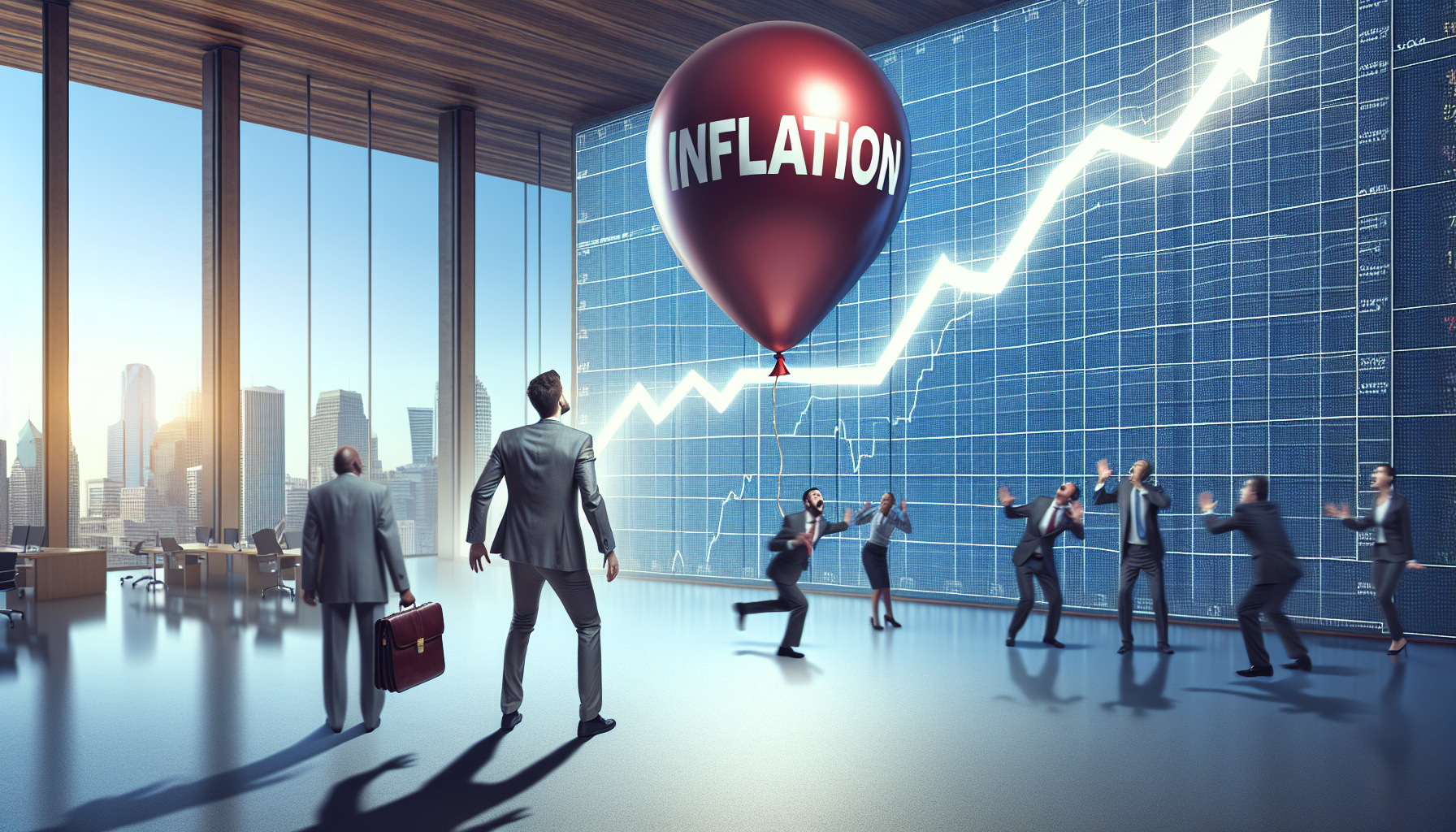
Ah, the delightful spectacle of tariffs—a little economic theater where everyone pretends that taxing imports is the pinnacle of strategic genius. President Trump, in his infinite wisdom, has decided to play the role of the tariff maestro, orchestrating a symphony that’s supposedly protecting American interests. Yet, as the curtain rises on this act, the audience is greeted with rising prices on everyday items like appliances, clothing, and furniture. Who could have guessed that slapping duties on imports would actually impact consumers? Perhaps everyone who’s ever glanced at a basic economics textbook.
The latest inflation data has made its grand entrance, exposing the reality that Americans are indeed feeling the pinch from this tariff extravaganza. The Consumer Price Index has finally caught up with what economists have been whispering all along: tariffs are not a free lunch. They are more like a very expensive dinner, with the bill conveniently passed to the consumer. So much for the fantasy that these trade taxes would be pain-free.
As we approach yet another round of tariff hikes, including a hefty 30% tax on goods from the European Union, the narrative remains as predictable as ever. Experts warn of more inflation on the horizon, a revelation as shocking as finding out that gravity still pulls things downwards. The administration’s relentless pursuit of trade wars seems to operate on the principle that if you can’t solve a problem, at least you can make it more expensive.
In the end, this drama unfolds with a familiar plot twist: consumers bearing the cost of political posturing. The tariffs were supposed to be a masterstroke of economic strategy, but they’ve turned into a cautionary tale of unintended consequences. As the economic narrative spins on, one can only marvel at the resilience of the myth that tariffs are the magic wand of economic policy—if only reality would cooperate with such fantasies.


